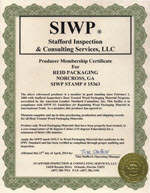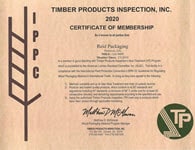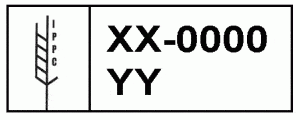Export Packaging
Export-Certified Packaging For International Shipments
REID PACKAGING manufactures custom crates and boxes that comply with all international shipping regulations. With our expertise in export certified packaging, you can be assured that your valuable cargo will proceed rapidly to its international destination.
Export-Certified Packaging For International Shipments
When valuable cargo needs to be shipped overseas, the crates and boxes holding that cargo need to be treated according to a set of regulations intended to prevent the spread of pests.
These rules are strict and it is essential that you work with a knowledgeable packager to follow best practices for international shipping. If there are any mistakes or miscommunications, items that have been shipped around the world can be destroyed, delayed, turned back, or forced to make very expensive last-minute adjustments.
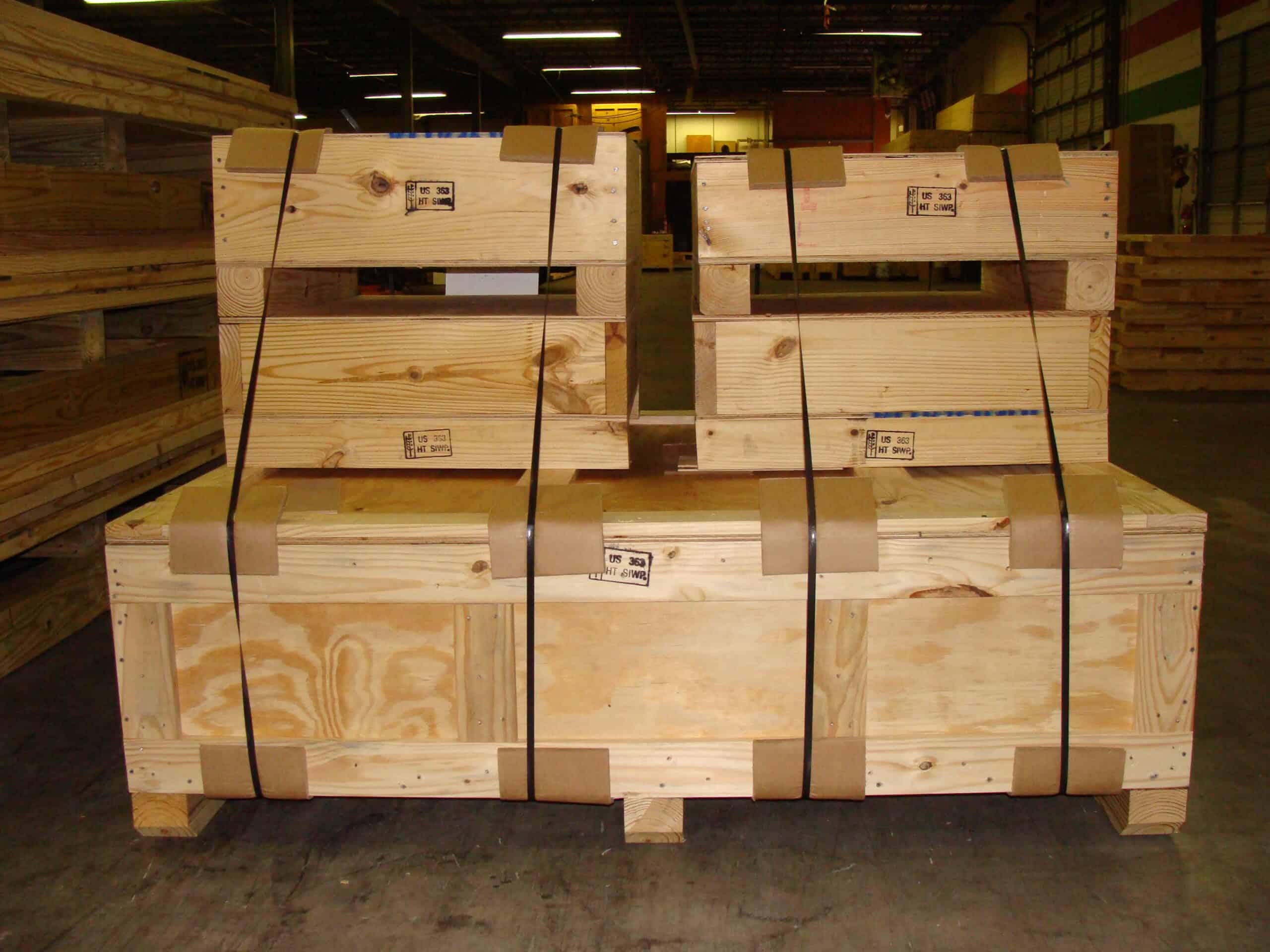
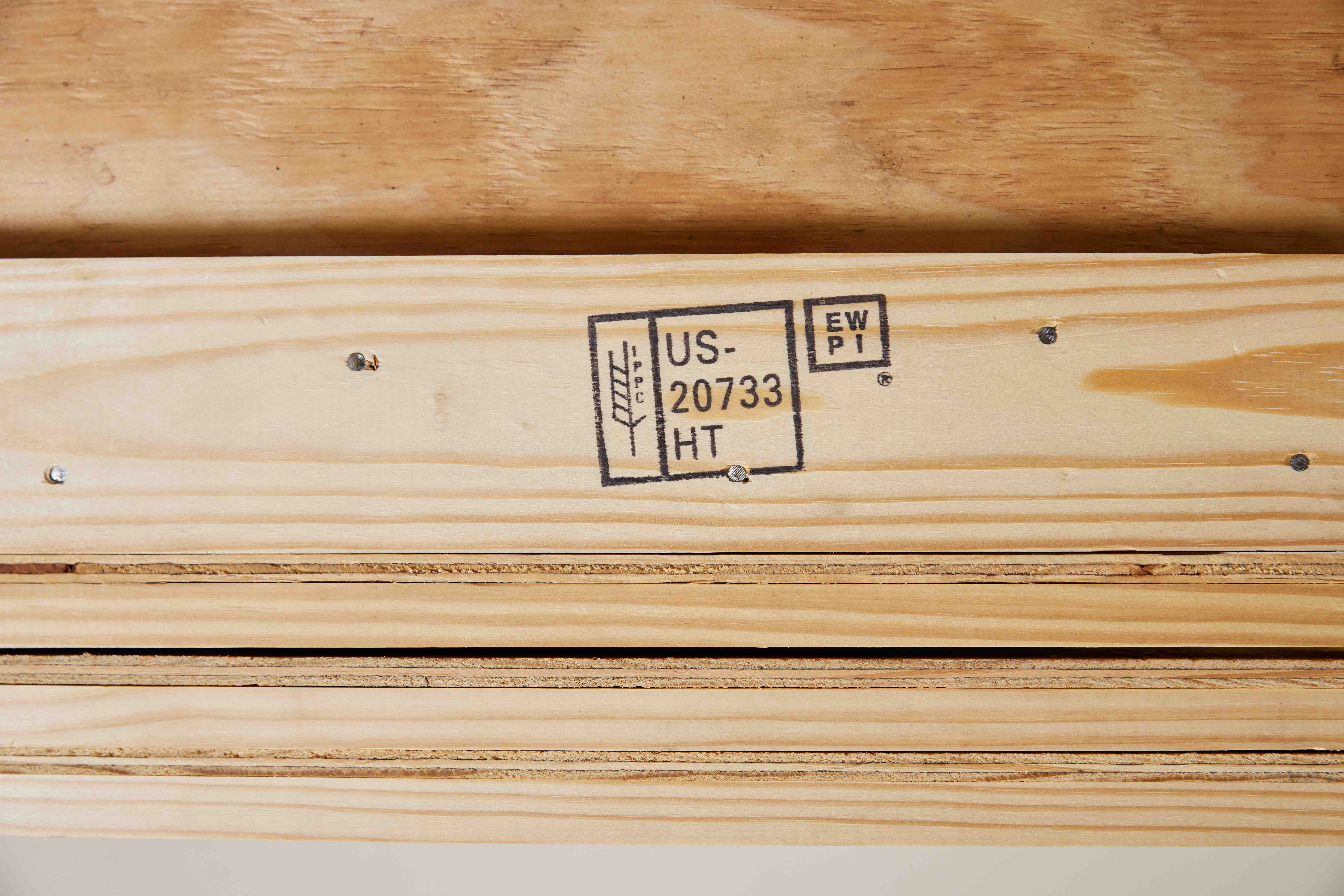
ISPM-15 Standards
ISPM-15 is a standard developed by the International Plant Protection Convention (IPPC) that directly addresses the need to treat solid wood materials used to ship products internationally.
It governs all wood packaging material (wood pallets, wood crates, wood dunnage, etc) used for export packaging, requiring that they be heat treated or fumigated with methyl bromide and marked with a seal of compliance.
This seal of compliance is often referred to as the “bug stamp.” Read our article on the history of these regulations.
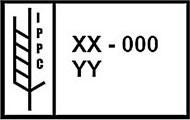
Reid Packaging is well suited to meet all international shipping regulations for export cargo.
All lumber purchased by Reid Packaging for crating meets or exceeds the ISPM-15 standard for heat treatment requirements for export shipments containing Solid Wood Packaging Material (SWPM). We can apply our ISPM-15 compliant “IPPC-HT” stamp to any of our wood crates, boxes, and pallets specified for export packaging, ensuring that your export-certified crates arrive easily at their destination.
- The markings must be within a rectangular border with a vertical line separating the IPPC logo from the identifying data.
- The border lines may be solid or broken; and the corners may be rounded.
- XX – indicates a two-letter ISO country code
- OOOO – the next series of letters/numbers is the unique identification mark of the wood treatment agent or packaging manufacturer. The number of letters or digits may vary according to each country.
- The country code and treatment agent or manufacturer code must be separated by a hyphen.
- YY – This indicates the type of treatment, and will either be HT (Heat Treatment) or MB (Methyl Bromide).
Certification
Reid Packaging is an export-certified packager. We are regularly inspected and certified by Timber Products Inspection to certify our compliance with all ISPM regulations.
View our certificate of membership from Timber Products Inspection, as well as from our previous inspection company, Stafford Inspection.
For complete international wood crate requirements visit the ISPM-15 web site (http://www.ispm15.com).
Protection from the Elements
Export packaging usually requires desiccant and vapor barrier bags when valuable items are being sent on long journeys overseas. These are intended to protect items from damaging moisture, humidity salty air, and what is called container rain. We are experienced with all moisture protection measures and are able to ensure that your export packaging includes protection from moisture and temperature.
We also offer on-site crating services, container loading, blocking, and bracing services with our export-certified IPPC-HT compliant Dunnage stamp.
Get in touch today to discuss a custom export packaging job.
FAQ’s from the ISPM15 Site
What is ISPM15?
The International Standard for Phytosanitary Measures, publication number 15 – Regulation of wood packaging material (WPM) in international trade.
Why ISPM15?
The regulations are to help prevent the worldwide spread of plant pests and diseases by using specially treated wooden packaging material (WPM).
Who controls ISPM15?
As part of the United Nations Food & Agriculture Organisation (FAO), the International Plant Protection Convention (IPPC) controls the regulations through the cooperation of member governments of the UN.
What is classed as WPM?
ISPM15 applies to coniferous softwood and non-coniferous hardwood used as raw wood packaging material. The standard does not apply to wood packaging made wholly of manufactured wood-based products such as plywood and veneer, reconstituted wood products (particle board, chipboard, Presswood, oriented strand board, high density fibre board, and medium density fibre board) or products created using glue, heat and pressure or a combination thereof.
How can you tell if WPM has been treated?
All treated WPM will have the IPPC mark, as shown below:
What do the markings indicate?
The markings must be within a rectangular border with a vertical line separating the IPPC logo (on the left) from the identifying data.
The border lines may be solid or broken; and the corners may be rounded.
XX – indicates a two letter ISO country code (a link to these may be found on our Links page).
0000 – the next series of letters/numbers is the unique identification mark of the wood treatment agent or packaging manufacturer. The number of letters or digits may vary according to each country.
The country code and treatment agent or manufacturer code must be separated by a hyphen.
YY – This indicates the type of treatment, and will either be HT (Heat Treatment) or MB (Methyl Bromide).
The marking ‘DB’ (indicating debarking has taken place) is no longer used. However, as pallets may last several years, the older style of ISPM15 marking is still permissible.

